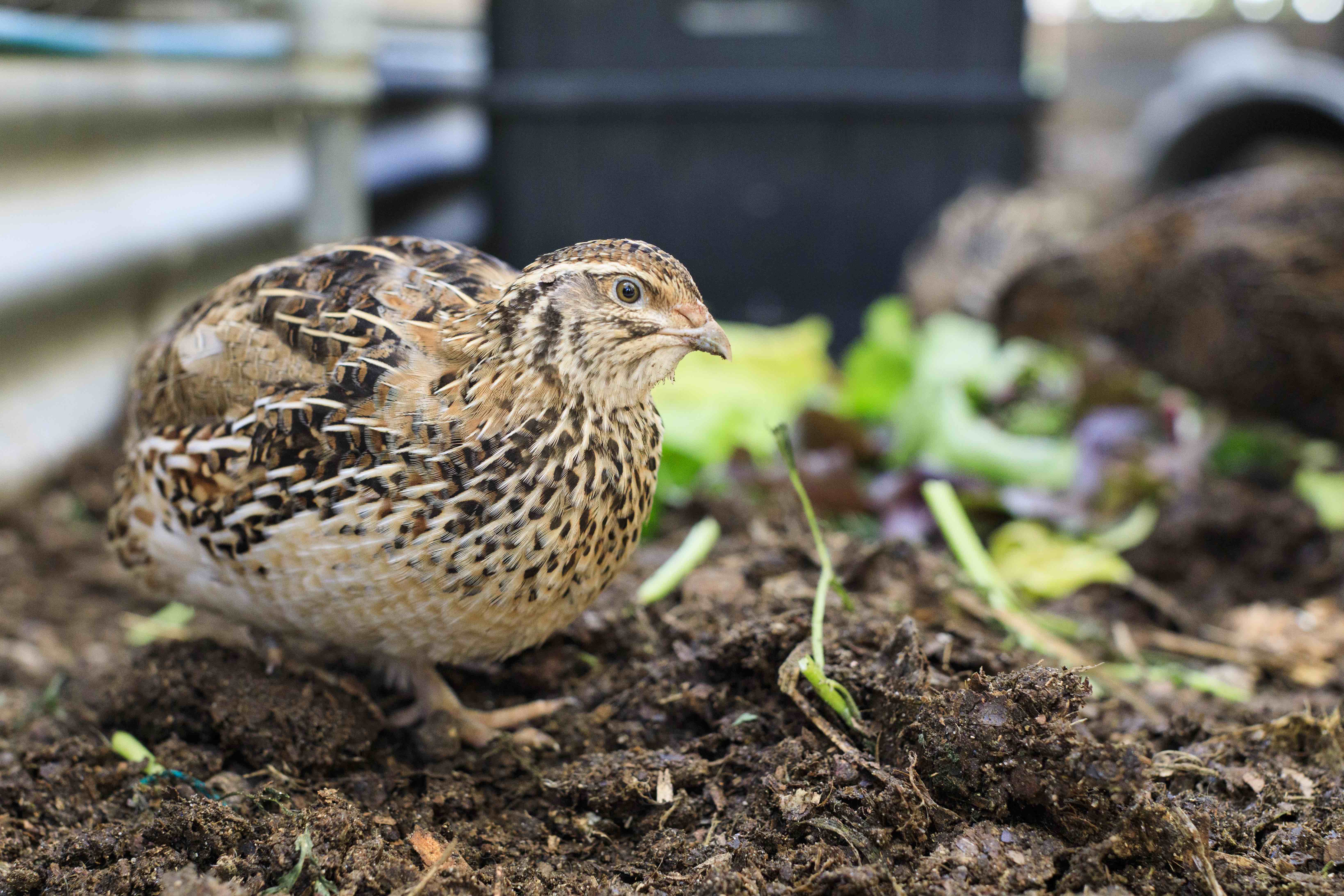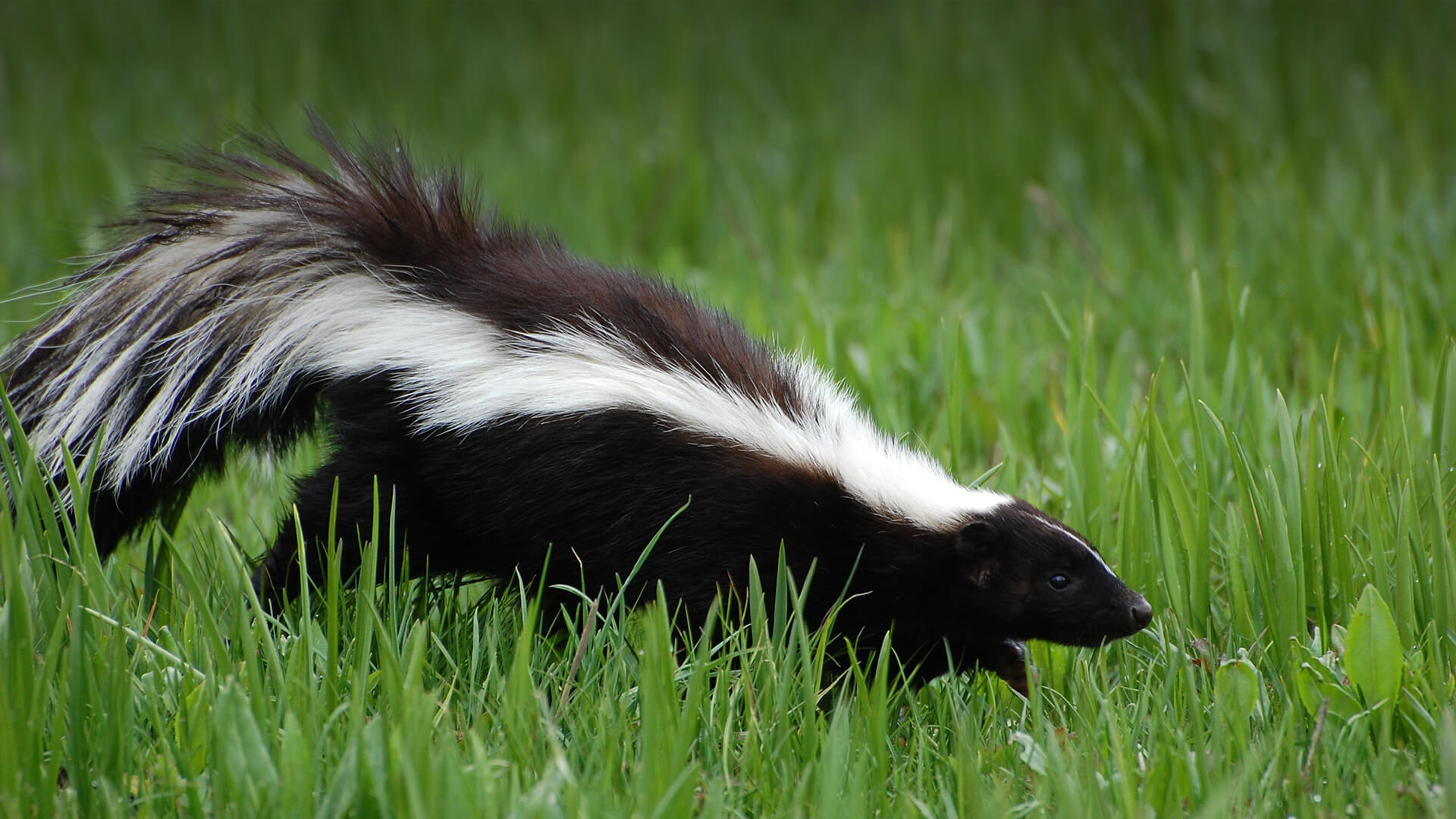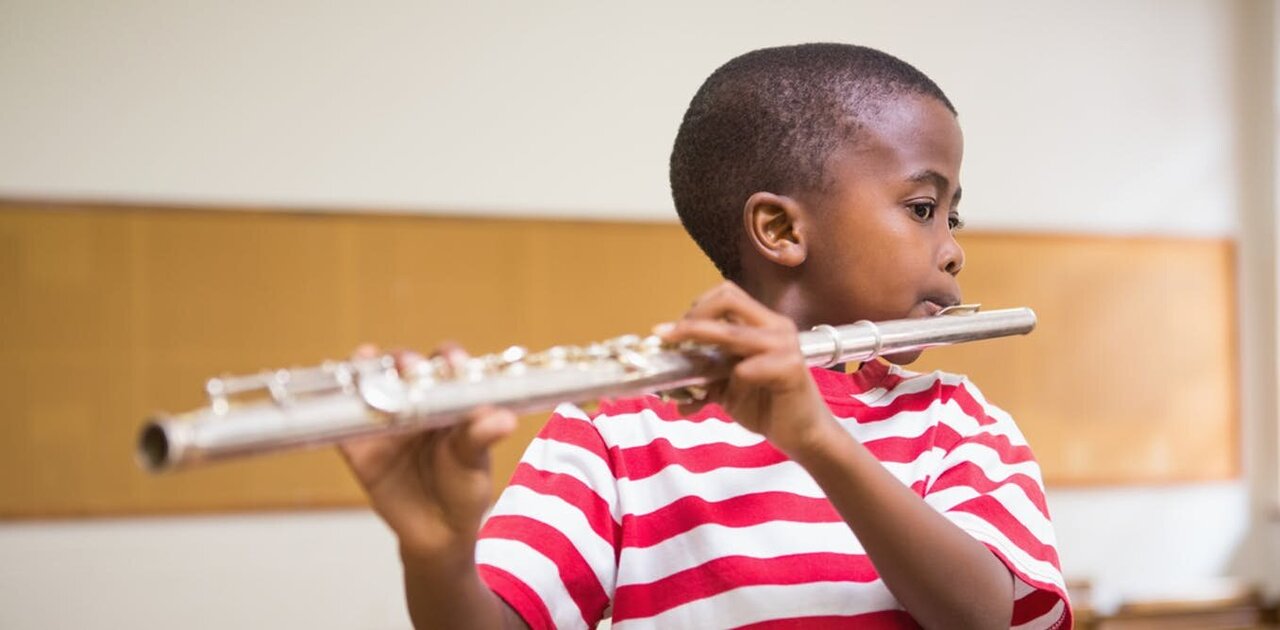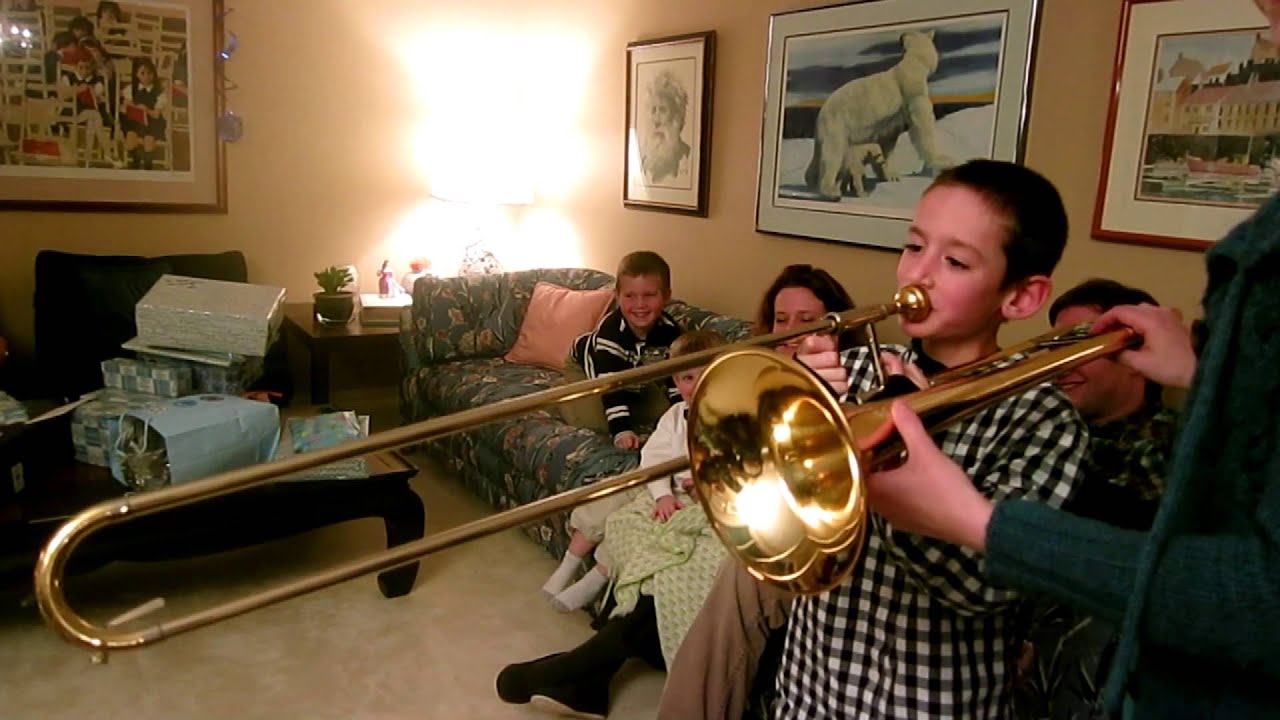Home>Production & Technology>Sound>What Do Porcupines Sound Like
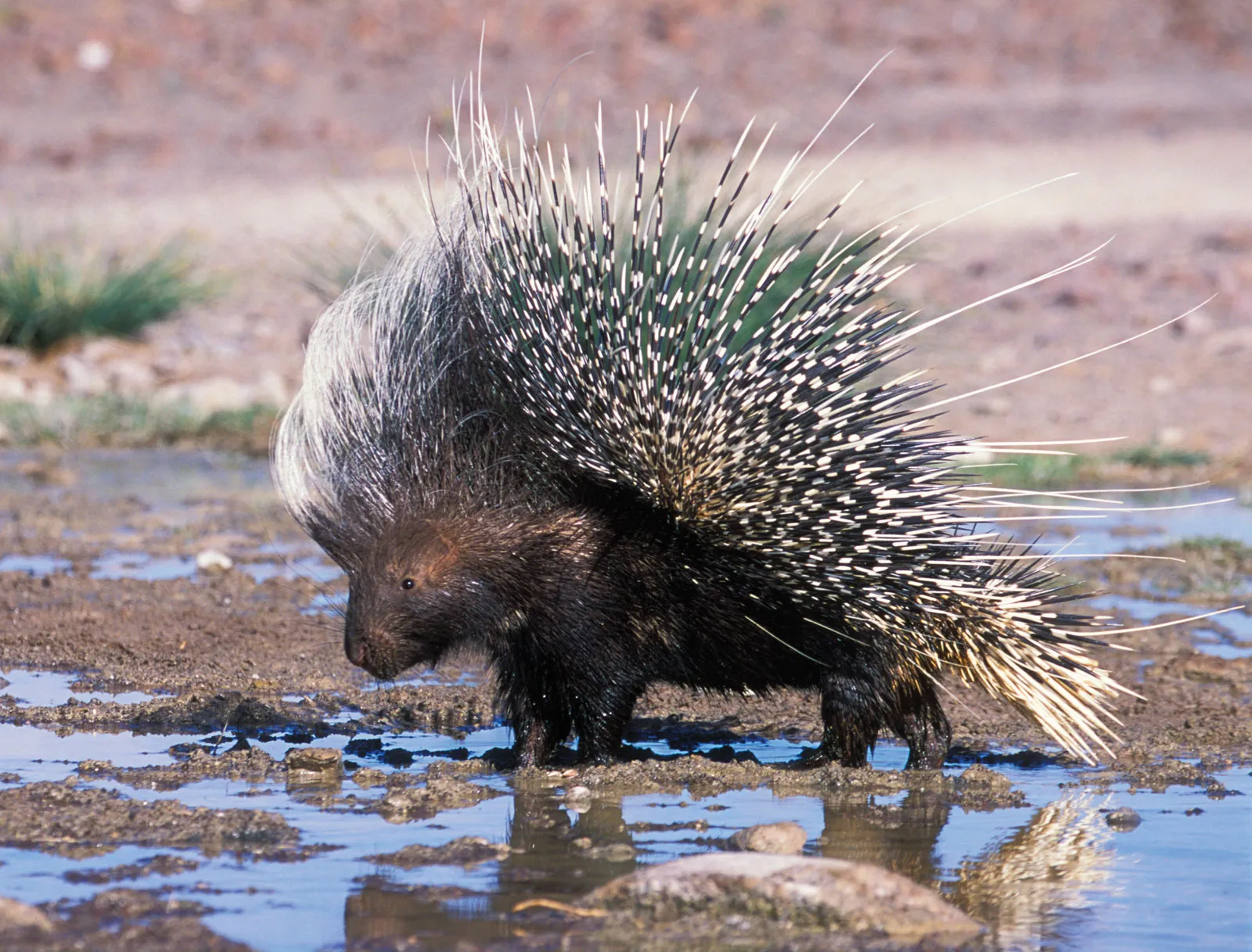

Sound
What Do Porcupines Sound Like
Published: December 18, 2023
Discover what porcupines sound like and learn more about their unique vocalizations. Explore the fascinating world of porcupine sounds and behavior in this informative article.
(Many of the links in this article redirect to a specific reviewed product. Your purchase of these products through affiliate links helps to generate commission for AudioLover.com, at no extra cost. Learn more)
Table of Contents
Introduction
Have you ever wondered what porcupines sound like? These fascinating creatures, with their quills and unique appearance, have a lot more to them than meets the eye. While they may be known for their impressive defensive mechanisms and ability to climb trees, porcupines also communicate through a variety of intriguing sounds. In this article, we will explore the vocalizations of porcupines, the types of sounds they produce, and the behaviors associated with these sounds.
Porcupines are large rodents that are native to various parts of the world, including North America, Africa, Europe, and Asia. They are known for their quills, which are modified hairs that cover their bodies as a defense against predators. Contrary to popular belief, porcupines cannot shoot their quills, but they have other mechanisms to protect themselves.
While porcupines are generally peaceful and solitary animals, they do have a range of vocalizations that they use to communicate with each other. These sounds serve multiple purposes, including mating displays, territorial marking, warning signals, and social interactions within porcupine communities.
Understanding the vocalizations of porcupines can provide insight into their behaviors and interactions. So, let’s dive deeper into the world of porcupine sounds and uncover the mysteries of their communication.
Anatomy of a Porcupine
Before delving into the sounds produced by porcupines, it’s important to understand their anatomy. Porcupines have a stocky body covered in thick, sharp quills, which serve as a formidable defense mechanism. These quills are actually modified hairs, measuring several inches in length, and are composed of a tough, keratinized material.
Porcupines have a round head with a blunt snout and small, round ears. Their eyes are relatively small, but they have an excellent sense of smell, which helps them navigate their surroundings and locate food. Porcupines also have strong, curved claws on their feet, allowing them to grip tree trunks and branches with remarkable agility.
Inside their mouth, porcupines have specialized teeth that enable them to chew on tough vegetation, such as bark and branches. Their incisors continuously grow throughout their lives, helping them maintain their sharpness even as they wear down from constant chewing.
Porcupines are primarily nocturnal creatures, meaning they are most active during the night. Their large, sensitive whiskers help them navigate through their environment in the dark, allowing them to avoid obstacles and locate food sources.
Overall, the anatomy of a porcupine is well-adapted for survival in their environment. Their quills, strong claws, and specialized teeth all play a crucial role in their daily activities and contribute to their unique appearance.
Vocalizations of Porcupines
Although porcupines are not known for their vocal abilities like birds or mammals, they do produce various sounds to communicate with each other. These sounds come in the form of vocalizations, which can range from soft murmurs to loud, distinctive calls.
One of the most common vocalizations made by porcupines is a low grunting sound. This deep, guttural noise is often associated with mating displays and is primarily made by males during the breeding season. The grunting sound serves as a way for males to attract females and establish dominance over other male porcupines in the vicinity.
In addition to grunting, porcupines can also emit hissing sounds. This noise is typically a defensive vocalization made when the animal feels threatened or cornered. The hissing sound is accompanied by other defensive behaviors, such as raising the quills, stomping their feet, and rattling their tail. It serves as a warning signal to predators or potential threats to stay away.
Another vocalization made by porcupines is a high-pitched squeal. This sound is commonly heard during aggressive interactions between porcupines, such as territorial disputes or fights over resources. The squeal is a vocal expression of dominance or submission, and it helps establish a hierarchy within the porcupine community.
Lastly, porcupines can produce a series of clicks or chattering noises. These rapid, repetitive sounds are often associated with social interactions and communication within a group or family unit. This type of vocalization is used to convey information, such as the location of food sources or the presence of predators.
It is important to note that the vocal repertoire of porcupines may vary slightly depending on the species and geographical location. While some species may exhibit additional vocalizations or variations in the sounds mentioned above, the basic communication techniques remain consistent across porcupine populations.
Now that we have explored the vocalizations of porcupines, let’s take a closer look at the different types of sounds they produce and how they communicate through these sounds.
Types of Sounds Produced by Porcupines
Porcupines produce a range of sounds to communicate and convey various messages to other porcupines. These sounds can be categorized into different types, each serving a specific purpose in their social interactions and behaviors.
The first type of sound produced by porcupines is the vocalization. As mentioned earlier, porcupines can emit grunts, hisses, squeals, and clicks to communicate with each other. These vocalizations are often associated with mating displays, territorial marking, defense, aggression, and social interactions within the porcupine community.
Another type of sound produced by porcupines is the rattling of their quills. When a porcupine feels threatened or agitated, it can rapidly vibrate its quills, creating a distinct rattling noise. This serves as a visual and auditory warning to potential predators, signaling that the porcupine is ready to defend itself. The rattling of quills is often accompanied by other defensive behaviors, such as hissing, raising the quills, and stomping their feet.
Porcupines also produce sounds through body movements. For instance, when a porcupine climbs a tree or moves through dense vegetation, it can create rustling or scratching sounds. These sounds may serve as a way for porcupines to communicate their presence to other porcupines in the area or to warn potential threats of their presence.
Lastly, porcupines have the ability to produce sounds through their teeth. They can gnaw on branches or bark, creating a distinctive chewing or crunching noise. While this sound may not be a direct form of communication, it can indicate the porcupine’s feeding activities and help other porcupines locate potential food sources.
It’s important to understand that these types of sounds are not mutually exclusive, and porcupines often combine them to convey different messages. For example, a porcupine may emit a series of clicks while rattling its quills to communicate information to other porcupines in its vicinity.
By utilizing these various types of sounds, porcupines are able to establish their presence, defend themselves, attract mates, establish dominance, and communicate with other members of their species. These sounds play an essential role in porcupine social interactions and contribute to their overall survival and well-being.
Communication through Sounds
Porcupines rely on sounds to communicate a wide range of messages to each other, playing a crucial role in their social interactions and behaviors. Through vocalizations, quill rattling, body movements, and teeth-related sounds, porcupines convey information about mating, warning signals, territorial boundaries, social hierarchy, and even the presence of food.
Their vocalizations, such as grunts, hisses, squeals, and clicks, serve as a way to express emotions and intentions. During the breeding season, male porcupines use grunting sounds to attract females and establish dominance over other males. Hissing sounds, accompanied by raised quills and stomping of feet, act as defensive signals to deter predators and threats. Squeals indicate aggression and territorial disputes, while clicks and chattering noises facilitate social interactions within porcupine communities.
Quill rattling is another method of communication used by porcupines. When a porcupine feels threatened, it can rapidly shake its quills, creating a distinct rattling noise. This serves as a warning to potential predators, indicating that the porcupine is ready to defend itself with its formidable quills. The rattling sound is often accompanied by other defensive behaviors, such as hissing and raising the quills, enhancing the effectiveness of the warning signal.
Porcupines also communicate through body movements and sounds produced by interactions with their environment. Rustling or scratching sounds can indicate the presence of a porcupine moving through trees or dense vegetation, alerting other porcupines of its location or warning potential threats to stay away. Additionally, porcupines produce sounds by gnawing on branches or bark, indicating their feeding activities and possibly attracting other porcupines to potential food sources.
Communication through sounds plays a vital role in maintaining social cohesion and establishing boundaries within porcupine communities. By interpreting these sounds, porcupines can understand the intentions and messages conveyed by their counterparts, contributing to their survival and well-being in their natural habitat.
While porcupines’ primary mode of communication is through sounds, they also rely on olfactory and visual cues to supplement their communication repertoire. Scent marking, body postures, and visual displays are additional means by which porcupines convey information to each other. The combination of these different communication methods enables porcupines to navigate their social interactions and maintain a harmonious balance within their populations.
Behaviors Associated with Vocalizations
Vocalizations play a significant role in the behaviors and interactions of porcupines. Each vocalization is accompanied by specific behaviors that further enhance the messages being communicated. Understanding these behaviors provides valuable insights into the social dynamics and survival strategies of porcupines.
When male porcupines emit grunting sounds during the breeding season, it is often a part of their mating displays. Along with the vocalization, males may engage in behaviors such as rubbing their scent on tree trunks or engaging in physical contests with other males to establish dominance and attract females.
Hissing sounds, typically accompanied by raised quills, stomping of feet, and rattling of quills, are defensive behaviors used by porcupines to warn potential threats. These behaviors serve as visual and auditory signals indicating that the porcupine is ready to defend itself and discourages predators from approaching any closer.
Squeals, often heard during aggressive interactions between porcupines, are associated with behaviors of territorial disputes and dominance hierarchies. Porcupines may engage in physical confrontations or displays of dominance to establish their rank within the social structure of their community.
Clicking and chattering noises made by porcupines during social interactions demonstrate a range of behaviors. These sounds are often observed when porcupines are foraging together or moving as a group. The behaviors associated with these vocalizations can include sharing food sources, guiding others to potential resources, or simply maintaining social bonds within their community.
It is important to note that each behavior associated with vocalizations serves a specific purpose in porcupine communication. By combining vocalizations with physical displays, porcupines effectively convey their intentions, establish dominance, maintain social order, and defend themselves against potential threats.
It is worth mentioning that porcupines may exhibit individual variations in their behaviors and responses to vocalizations. Factors such as age, sex, and individual personalities may influence the specific behaviors displayed in response to vocal cues. Additionally, the context in which vocalizations occur, such as the presence of predators or scarcity of resources, can also influence the behavioral responses of porcupines.
By studying and observing these behaviors associated with vocalizations, researchers can gain insights into the complex social dynamics and adaptive strategies of porcupine populations. Furthermore, understanding these behaviors can also help promote coexistence and minimize conflicts between porcupines and humans in shared habitats.
Porcupines and Human Interaction
Porcupines and humans often come into contact in various environments, leading to both positive and negative interactions. Understanding the behavior and vocalizations of porcupines can help facilitate coexistence and minimize conflicts between these fascinating creatures and humans.
One common concern when it comes to porcupines is their ability to damage trees, gardens, and crops. Porcupines are herbivores and primarily feed on the bark, twigs, and leaves of trees. Their gnawing activities can lead to damage to trees, which can be a source of frustration for landowners and gardeners. Implementing protective measures, such as tree wraps or fencing, can help mitigate the impact on human property.
Another aspect of porcupine-human interaction relates to encounters in outdoor recreational areas. Porcupines are typically nocturnal and avoid human contact, but they may occasionally be encountered during the day. It’s important for people to maintain a safe distance and avoid approaching or attempting to touch porcupines. Porcupines may feel threatened and respond with defensive behaviors, including hissing, quill rattling, or even quill dislodgement.
Porcupines can also inadvertently cause harm to pets or other domesticated animals. Dogs, in particular, can be curious or aggressive towards porcupines, resulting in painful quill injuries. Keeping pets on a leash and supervising them in areas where porcupines may be present can help prevent such encounters.
Despite the potential for conflicts, porcupines play a vital role in their ecosystems. Their feeding habits can help control vegetation growth and contribute to forest regeneration. By maintaining a balance in their habitats, porcupines contribute to the overall health and diversity of ecosystems.
It is essential to approach porcupines with respect and appreciation for their natural behaviors. Observing them from a safe distance allows for the enjoyment of their unique characteristics without causing disturbance or harm.
Education and awareness initiatives can also play a significant role in promoting positive human interactions with porcupines. Providing information about their behaviors, the importance of their presence in ecosystems, and strategies for coexistence can help foster understanding and empathy towards these remarkable creatures.
As with any wildlife encounters, it is crucial to consult local wildlife agencies or experts for guidance on how to handle specific situations involving porcupines. By working together to find solutions and promote peaceful coexistence, we can ensure the well-being of both porcupines and humans in shared environments.
Conclusion
Porcupines, with their distinctive quills and unique appearance, communicate through a variety of vocalizations and behaviors. Understanding the sounds they make and the behaviors associated with these vocalizations provides valuable insights into their social dynamics and survival strategies.
From grunts and hisses to squeals and clicks, porcupines use a range of vocalizations to convey messages related to mating, defense, aggression, and social interactions. These sounds are often accompanied by specific behaviors that enhance the communication and help establish dominance, defend against threats, and maintain social order within their communities.
In addition to vocalizations, porcupines communicate through quill rattling, body movements, and sounds generated by their interactions with the environment. By combining auditory and visual cues, porcupines effectively convey messages about their intentions, locations, and warnings to other porcupines, including potential predators or threats.
When it comes to human interaction, understanding porcupine behavior can help promote coexistence and minimize conflicts. By respecting their space, implementing protective measures for trees and gardens, and avoiding direct encounters, humans can minimize the likelihood of negative interactions with porcupines.
Ultimately, porcupines play a vital role in maintaining the balance of ecosystems. Their feeding habits contribute to forest regeneration, and their presence contributes to the overall health and diversity of their habitats.
By appreciating and understanding porcupines’ vocalizations and behaviors, we can deepen our knowledge of these fascinating creatures, promote their conservation, and foster peaceful coexistence in the natural world.



